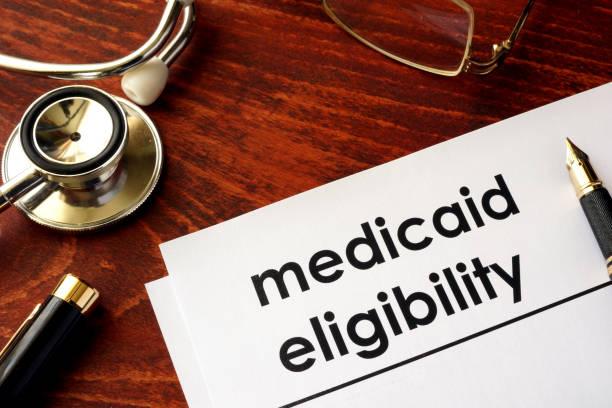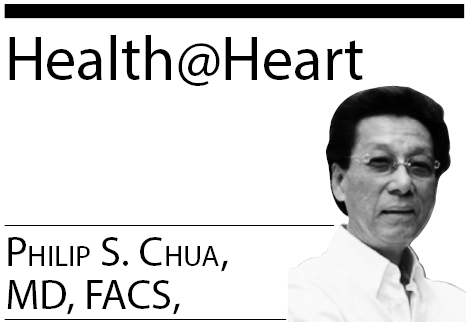THE abuse of alcohol is the leading risk factor for disability and premature death in the world. Besides tobacco and other harmful agents, alcohol is the most common cause of many illnesses in our midst, cancer included. Alcohol-related deaths claim almost 178,000 lives each year (488 deaths per day) in the United States alone. Annually, there are at least 13,500 deaths from alcohol-associated vehicular accidents in the USA. Worldwide, it kills around 2.6 million annually. Besides the health and psychological impairment among drinkers, the abuse impacts negatively on the family members and society in general. Among the mortalities are also those who die of alcohol-related cancers and drunk drivers.
While having a glass of wine with dinner was accepted in the past as disciplined libation, like my old favorites Martini, Pinot Noir (which usually has 25 percent Syrah in it) and Cabernet Sauvignon (which normally contains 25 percent Merlot in it), today any amount of ethanol (ethylene alcohol) has been found to be associated with increased risk for developing cancers of the oral cavity, throat, larynx (voice box), esophagus, liver, colon, rectum, and breast. The higher the intake, the greater the risk. Those with liver cirrhosis from alcohol also have higher risk for hepatoma (liver cancer). Regular alcohol intake also shortens life span.
New clinical randomized studies show there is no SAFE level (not even one drink) of alcohol intake.
Any toxic agents?
The following toxic and carcinogenic (cancer-causing) contaminants are found during fermentation and production: hydrocarbons, phenols, nitrosamines, and asbestos fibers. Obviously, those who imbibe lightly would get only a smaller dose of the toxic agents and those who drink a lot would get a much higher dose of the cancer-causing agents. Even the smaller dose could be damaging to some individuals. A little poison is still poison.
What is the standard?
There is no more “safe standard” of drinking alcoholic beverages today. It used to be one drink for women who were not pregnant and two drinks for men. Even this minimum was found to be associated with cancer risk and other morbidities.
How much is too much?
Moderate drinking was defined by the U.S. federal guidelines as up to one drink per day for women (who are not pregnant) and up to two drinks per day for men. That was then. New finding: Any alcohol intake, even one glass of wine or a shot of whiskey, etc., increases cancer risk in the long term and shortens longevity.
What is the evidence for cancer link?
There is an overwhelming consensus, based on extensive studies, that clearly links alcohol intake to the increased risk for cancer of those organs listed above. The National Toxicology Program of the U.S. Department of Health and Human Services considers alcoholic drinks as human carcinogen (cancer-causing agents). Cancer is the second most common cause of deaths (1 in 4) in the United States. There were over 2 million cancer cases in 2024, with 611,720 deaths. About 3.5 percent of cancers deaths in the United States is associated with alcohol.
How about alcohol-tobacco combo?
Smoking, even one cigarette or cigar a day, a week or a month, is dangerous. Each person reacts differently to toxic agents. The combination of alcohol and tobacco (two common cancer-causing agents with countless toxins in them) exponentially increases the risk for cancer, pulmonary, cardiovascular, and metabolic illnesses.
How dangerous are energy drinks?
All energy drinks as advertised (a combination of coffee and alcohol) are unhealthy and dangerous, resulting in some reported deaths around the world. The caffeine in this concoction masks the effects of alcohol and the person’s level of intoxication. Deaths have been reported among energy drink consumers. Those consuming any alcoholic drinks are twice as likely to ride with a driver who are intoxicated and be victims of rape and accidents. Women have slower metabolism for alcohol because, compared to men, they have lower water content in their body, and therefore, alcohol stays in their system less diluted, and longer. For energy drinks, the risk for developing cancer could be dose-related also as noted below.
What are the specific organ risks?
Persons who imbibe 50 or more grams of alcohol per day (about 3.5 more drinks a day) double or triple their risk for cancers of the head and neck (mouth, throat and voice box), and esophagus and liver (especially those with hepatitis B or C, which are primary causes of liver cancer themselves). Women who have 3 drinks a day have 1.5 times higher risk than nondrinkers for developing breast cancer. The study of 28,000 women in the United Kingdom shows that low to moderate intake of alcohol (for every 10 grams) had a 12 percent increase in the risk for breast cancer. Having 3.5 drinks a day increases the risk for colorectal cancer by one and a half times (almost doubled) compared to nondrinkers or occasional (social) drinkers.
Any proven benefits of alcohol?
As far as cancers are concerned, there are two malignancies where consumption of alcoholic beverage appears to show 15 percent decrease (compared to nondrinkers) in the risk for their development: renal cell (kidney) cancer and non-Hodgkin Lymphoma (NHL), as shown in multiple studies and meta-analyses.
Does abstinence reduce cancer risk?
Yes. The reduction in the risk after cessation from drinking is not immediate. It can take up to 15 years before the cancer risk is reduced to the level of nondrinkers. This is the reason why the best strategy is not to drink alcoholic beverage at all. Many beverage companies are now into non-alcoholic drinks. It’s fun to drink, especially socially. But the risk of cancer and shortened longevity are not worth the transient “high,” from alcoholic drinks. Let’s enjoy life healthfully to the maximum period of time.
* * *
The opinions, beliefs and viewpoints expressed by the author do not necessarily reflect the opinions, beliefs and viewpoints of Asian Journal, its management, editorial board and staff.
* * *
Philip S. Chua, MD, FACS, FPCS, a Cardiac Surgeon Emeritus based in Northwest Indiana and Las Vegas, Nevada, is an international medical lecturer/author, a health advocate, medical missionary, newspaper columnist, and chairman of the Filipino United Network-USA, a 501(c)3 humanitarian foundation in the United States. He is a recipient of the Indiana Sagamore of the Wabash Award, whose past awardees include President Harry S. Truman, President George HW Bush, Astronaut Gus Grissom, Mohammad Ali, distinguished educators, and renowned scientists (source: Wikipedia). Websites: www.FeuNrmfMedicalAlumni.org, www.Today.SPSAtoday.com, and www.FEU-dnrMedalumni.org; Email: scalpelpen@gmail.com.





